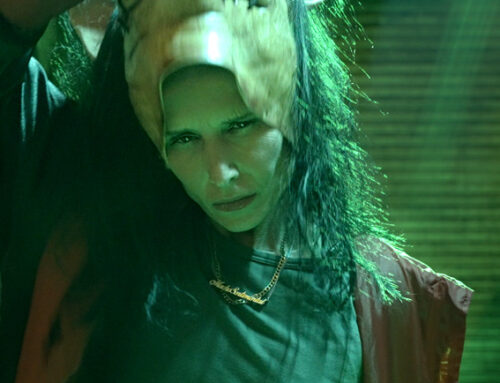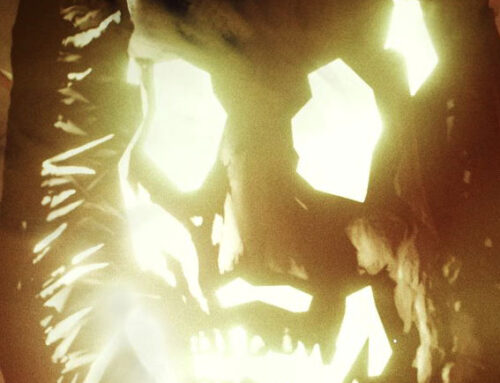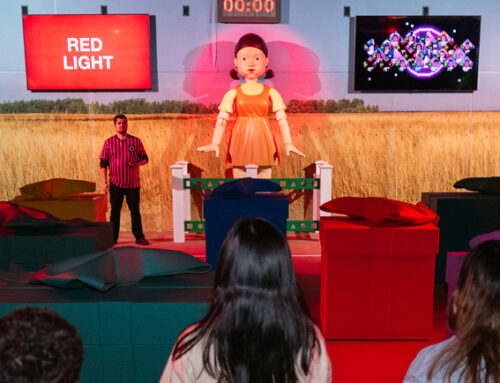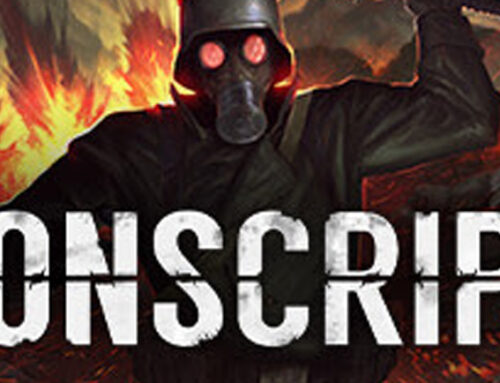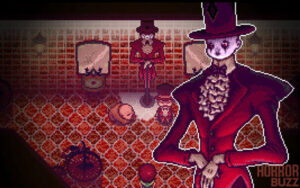 “Stray Cat Crossing” caught my eye with its intriguing blend of “Yume Nikki” and Alice In Wonderland. Plus, I have a certain fondness for RPG Maker horror games like this one. For those not familiar with it, RPG Maker is a program that allows people to make video games in the style of old 16-bit RPGs like “Chrono Trigger” or “Final Fantasy VI.” Those are some pretty big shoes to fill, though. So let’s take a look at how well “Stray Cat Crossing” actually holds up.
“Stray Cat Crossing” caught my eye with its intriguing blend of “Yume Nikki” and Alice In Wonderland. Plus, I have a certain fondness for RPG Maker horror games like this one. For those not familiar with it, RPG Maker is a program that allows people to make video games in the style of old 16-bit RPGs like “Chrono Trigger” or “Final Fantasy VI.” Those are some pretty big shoes to fill, though. So let’s take a look at how well “Stray Cat Crossing” actually holds up.
The plot of “Stray Cat Crossing” is a bit cryptic, to put it mildly. The player controls a young woman who meets a girl named Cat on the side of the road. The player character then escorts Cat back to her house, only to realize that she had left her scarf with Cat. When the young woman goes into the house, she finds all sorts of strange and surreal things going on inside. The exact nature of the scenarios is very obviously inspired by Alice In Wonderland, from strange twins to an anthropomorphic caterpillar, to a doormouse [sic]. However, “Stray Cat Crossing” manages to use these images and characters in such a way that it seems much more like an homage, a sly wink to the audience, rather than leaning heavily on a classic story to hold its own together.
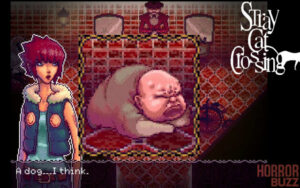 “Stray Cat Crossing” manages to use its limited, 16-bit graphics very well. The sprite used for the player character is in the same style and up to the same quality as those used by Square for their 16-bit era RPGs. The other, more fantastical characters are also very well done, though with a slightly less traditional look. The character designs are absolutely flawless, and incorporate some wonderful puns, such as the wolf spider. The use of color is also very interesting, as it seems to careen wildly between very bright colors and more sedated tones. Between the fantastical designs and this masterful use of color, it creates a truly off-putting atmosphere by making the most of its technological limitations. There is one large problem though. The game occasionally cuts away to surreal, black-and-white scenes that break away from the 16-bit look for a more cartoonish style. There’s nothing wrong with these cutaways themselves, but the game doesn’t really build them up enough to make them a meaningful part of its aesthetic.
“Stray Cat Crossing” manages to use its limited, 16-bit graphics very well. The sprite used for the player character is in the same style and up to the same quality as those used by Square for their 16-bit era RPGs. The other, more fantastical characters are also very well done, though with a slightly less traditional look. The character designs are absolutely flawless, and incorporate some wonderful puns, such as the wolf spider. The use of color is also very interesting, as it seems to careen wildly between very bright colors and more sedated tones. Between the fantastical designs and this masterful use of color, it creates a truly off-putting atmosphere by making the most of its technological limitations. There is one large problem though. The game occasionally cuts away to surreal, black-and-white scenes that break away from the 16-bit look for a more cartoonish style. There’s nothing wrong with these cutaways themselves, but the game doesn’t really build them up enough to make them a meaningful part of its aesthetic.
Sadly, the music of “Stray Cat Crossing” can be summed up in a single word: repetitive. There’s nothing wrong with a bare bones approach to audio for a game, but the music here isn’t really minimalistic enough to have really achieved that. Instead, it feels almost as though someone took excerpts from longer, more interesting songs and then decided to use just those excerpts to make the game’s soundtrack. The sound effects are non-intrusive, which is actually a good thing given that users of this sort of retro aesthetic tend to overdo the obnoxious faux-retro beeping sound effects. However, that really doesn’t make up for the bad music.
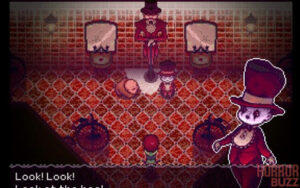 The gameplay of “Stray Cat Crossing” is pretty simple. For the most part, the player just wanders around, talks to people, and interacts with objects, all using just the directional keys and a single other button. There is however one sequence where the player has to run away from a chasing monster and jump over gaps, a mechanic found nowhere else in the game; that scene is a little clunky. The simplicity of the mechanics is not a problem with the game at all, though. Instead, it feels like the developers have streamlined the game’s functions down to only the necessities needed to create the experience that they wanted to give the players.
The gameplay of “Stray Cat Crossing” is pretty simple. For the most part, the player just wanders around, talks to people, and interacts with objects, all using just the directional keys and a single other button. There is however one sequence where the player has to run away from a chasing monster and jump over gaps, a mechanic found nowhere else in the game; that scene is a little clunky. The simplicity of the mechanics is not a problem with the game at all, though. Instead, it feels like the developers have streamlined the game’s functions down to only the necessities needed to create the experience that they wanted to give the players.
“Stray Cat Crossing” isn’t perfect. Overall, though, it’s a darn good game and definitely worth playing. Just maybe mute it and put some better music on your stereo when you do.


